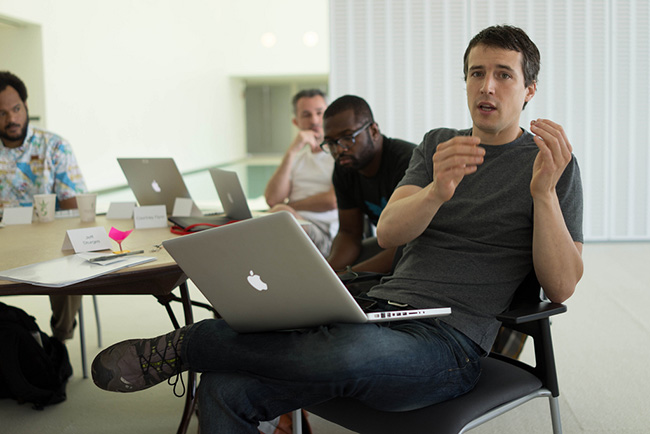Pricing any service at an agency is tough because of all the variables — unexpected delays, crazy review cycles and borderline-silly-and-sometimes-seemingly-impossible client requests.

And when it comes to adding landing pages to your list of services, things can get especially tricky. (Still working on convincing your clients of the value of landing pages? Here’s some help.)
Is landing page design a staple service of yours? Will you offer follow up, maintenance and optimization services? Or are landing pages simply an add-on that you’ll teach clients to maintain themselves?
No matter which pricing model you go with, you want to present landing page services to clients in a way that shows their potential for exponential ROI, while leaving the client feeling like they’re getting a good deal… all while turning a profit.
Let’s take a look at a couple of ways that agencies are charging their clients for landing page services, while keeping both their clients and accountants happy.
1. Include landing pages in your retainer fee
A lot of agencies work on a retainer fee model. They get paid upfront to provide specific services over a period of time. For these agencies, a good practice is to build the fees for landing pages into that initial retainer.
Jacob Baadsgaard, the founder and CEO over at Disruptive Advertising in Provo, Utah, uses this pricing model. Says Jacob:
It’s included in the pricing. That’s just one of the perks that we give them… We just say ‘this is a simple, inexpensive solution that’s included in our pricing anyway, whether you use it or not.’ I’d say 95% of our clients use it.
Clients are often receptive to an agency charging for a third-party marketing tool like Unbounce, as long as it’s clearly outlined in a retainer fee breakdown and they’re aware of the positive impact it will have on their business.
Guidelines for using this pricing structure:
- Make sure you account for all variables before calculating the fee. Will you offer analytics and optimization services? What level of service is reasonable for your flat rate?
- Set expectations about the revision process and whether you’ll provide ongoing support. Is your client expecting more advanced functionality, mock-ups, or other things that will be resource-intensive for you? If clients want to go over the bar that you’ve set, work together on additional pricing.
2. Charge your client for landing pages directly
For other agencies, it makes more sense to charge landing pages as a separate line item.
Maybe your campaign requires particularly sophistical landing pages with custom coding and custom design. Or, as Liesl Barrell, CEO at Montreal boutique digital marketing agency Third Wunder has found, different campaigns might require more landing pages than others. Liesl asks:
How many landing pages will they need? Will they require updates to copy or creative? Do they need ongoing support? These are the questions we need to ask to establish pricing and manage expectations.
Based on the answer to this question, Third Wunder establishes a flat fee and then makes additions based on the client’s needs.
Vancouver agency Titan PPC, charges a flat fee of around $500-$700 for a custom landing page. That may sound like a lot, but included in that price are as many variations as the client desires for the lifetime of that page.
Guidelines for using this pricing structure:
- Start by identifying the scope of your project. How many pages does the campaign call for? Which additional resources (custom functionality, custom design) will be required?
- Make sure that the client understands what they’re getting and at what price from the very beginning. This will help you manage expectations and keep them happy in the long term.
The best landing page pricing model
It’s worth sitting down with your team and establishing how landing pages fit into your offering. Are they a critical part of the service you provide or are they add-ons? How can you offer continued support without undervaluing any custom work your clients might ask of you?
The best pricing model is the one that works best for your clients and for you — it’s all about finding that sweet spot where clients feel that they’re getting a great deal, and you feel that your expertise is being properly valued.
No comments:
Post a Comment